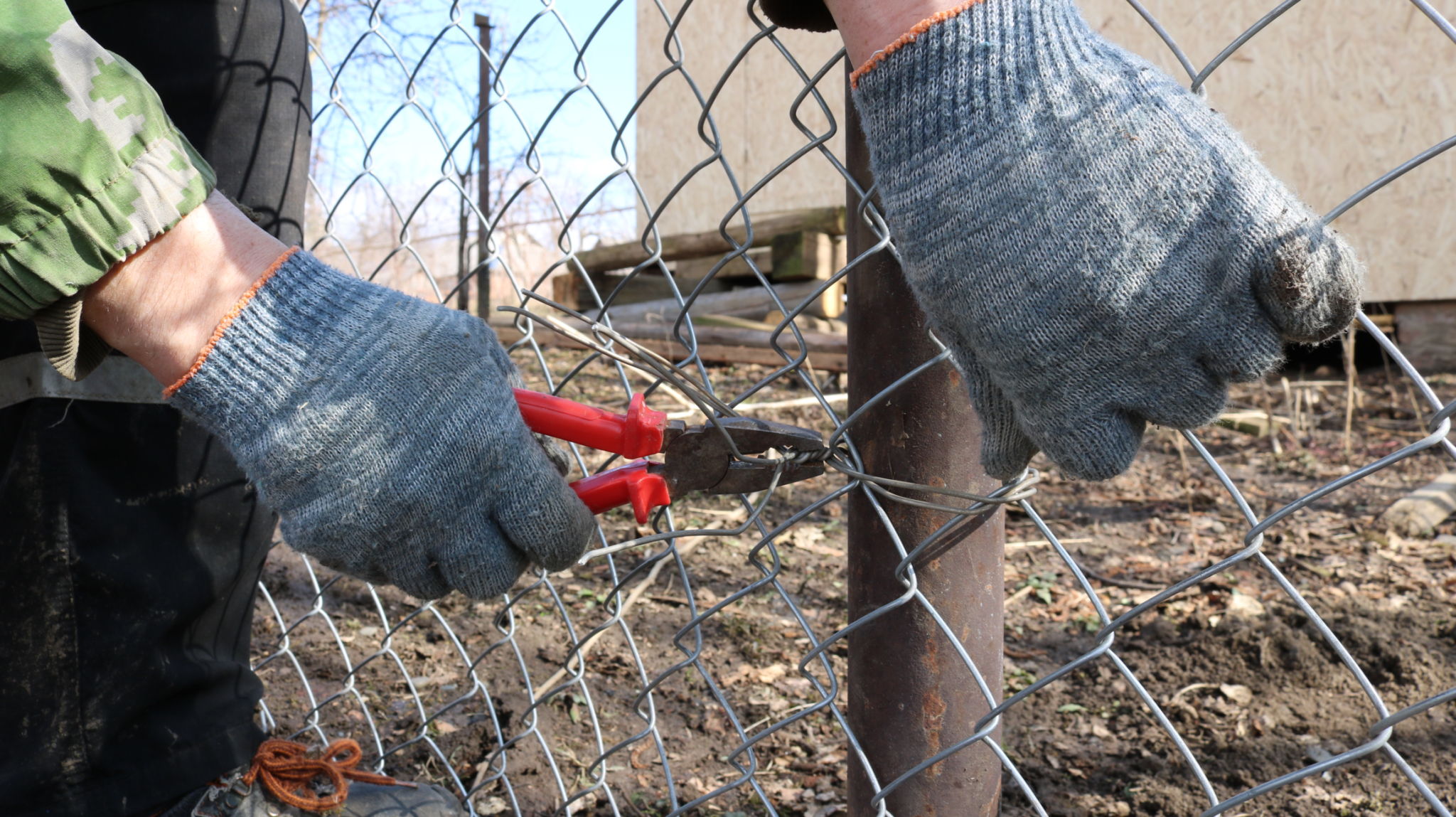How to Safely Remove Abandoned Wires and Cables from Your Property
Understanding the Risks of Abandoned Wires and Cables
Abandoned wires and cables can pose significant safety risks on your property. These risks include potential electrical hazards, tripping dangers, and even fire threats if the wires are still connected to a power source. It is vital to address these hazards promptly to ensure a safe environment.
Ignoring these dangers can lead to serious accidents or injuries. Therefore, taking the necessary steps to safely remove abandoned wires and cables is essential.

Identifying Abandoned Wires and Cables
The first step in safe removal is identifying which wires and cables are no longer in use. Check for any wires that are not connected to any devices or outlets. Look for cables that appear worn, frayed, or damaged, as these are likely outdated and unused.
It can be helpful to consult with a professional electrician if you're unsure about which wires are active. They can offer expert guidance on identifying abandoned wires and cables effectively.
Conducting a Thorough Inspection
Conducting a thorough inspection of your property is crucial. Walk around your home or business premises and inspect all visible wiring. Pay special attention to areas like basements, attics, and utility rooms where unused wires are often found.

Safety Precautions Before Removal
Before attempting to remove any wires or cables, ensure that you follow safety precautions. Always turn off the power supply to the area where you will be working. Use insulated tools and wear protective gear such as gloves and safety goggles to prevent any accidents.
If you are dealing with overhead wires or cables that may be connected to utility poles, contact your local utility company for assistance. Never attempt to remove these yourself, as they can be extremely dangerous.
Gathering the Necessary Tools
Having the right tools on hand before starting the removal process is essential. Some of the basic tools you might need include:
- Wire cutters
- Insulated pliers
- Voltage tester
- Ladder (for elevated wires)
- Cable ties (for organizing remaining wires)

Steps for Safe Removal
Once you have gathered your tools and taken safety precautions, you can begin the removal process. Here’s a simple step-by-step guide:
- Identify: Confirm which wires and cables are abandoned.
- Disconnect: Ensure that the power supply is off before disconnecting any wires.
- Cut and Remove: Use wire cutters to carefully cut away the abandoned wires.
- Organize: Use cable ties to tidy up any remaining cables for a neat appearance.
If at any point you feel uncertain about the process, do not hesitate to hire a professional for assistance.
Disposing of Wires Responsibly
After removal, it’s important to dispose of the wires responsibly. Check with your local waste management authorities for guidelines on recycling or disposing of electrical waste. Many areas have specific programs for recycling electronic components safely.

Consulting Professionals for Assistance
If removing abandoned wires and cables seems daunting or dangerous, consider hiring a professional electrician. Professionals have the tools and expertise to handle electrical components safely, ensuring that all work is done according to code.
Choosing professional assistance can save you time and provide peace of mind, knowing that your property is safe from potential hazards posed by abandoned wiring.
Maintaining a Safe Environment
Once the abandoned wires and cables have been removed, it’s important to maintain a safe environment by regularly checking for any new issues. Schedule periodic inspections of your property’s wiring system to prevent future hazards.
By staying proactive about wire management, you can ensure your property remains safe and hazard-free in the long run.
